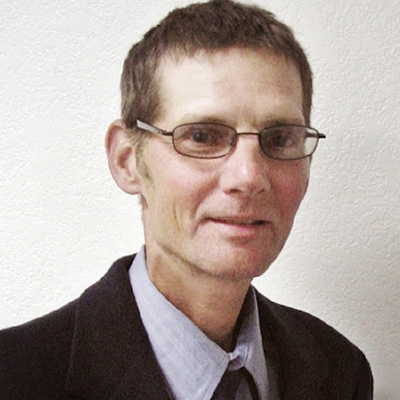Best of luck, though, if you need copies of aged periodicals from the library's microfilm and microfiche machines.
Two of the downtown main library's four microfilm machines have been unusable for more than a month. Only one produces copies, and a handwritten note attached to that machine on Nov. 6 informs users: "This machine will print. But for now you may have to take the toner out and shake it to make copies."
In a library that cost more than $15 million to build--the flagship in a system that operates on a $20 million annual budget--there are just three microfiche readers. One is broken.
The research tools may seem insignificant, but they underscore the increasing difficulty City Hall has in keeping up with the demand for library services as Tucson grows. And money--the one thing that could help ease the problems confronting the Tucson-Pima Library System--is the victim of some of the worst of the chronic fighting between city and county officials.
In its most recent report to the City Council and the Board of Supervisors, the Tucson-Pima Public Library Board describes a library system that is crumbling while population growth countywide demands expansion.
Among the board's findings:
· The library has an overall collection of more than 1.4 million books--an average of 1.5 books per person. That is far below the national average for benchmark libraries--2.4 books per person.
· There is little hope for a boost in the book budget. The system's budget for books and periodicals has decreased, including a 13 percent dip to $2.78 million in 2003, from $3.2 million in 2002.
· Spending per person in the 26-branch Tucson-Pima library system is $22.15, nearly $10 below the norm for similar-sized systems.
"The Tucson-Pima Public Library has been found to be under-funded, under-built, under-staffed, and under-supplied when compared to other United States public libraries serving similar sized populations," the Library Board reported to the City Council and Board of Supervisors, a few months ahead of the city's and county's respective budget deliberations.
Library board members, appointed by city and county officials, say there are additional challenges.
"There are increasing demands resulting from societal and community changes. For example, our school libraries are inadequate and many charter schools have no libraries at all; staff and students rely on Tucson-Pima Library material to supplement their assignments. We also must bridge the information gap between those who have home computers and those who do not," according to the report.
Money could buy solutions. But a budget boost remains mired in a bitter battle that is ongoing between County Administrator Chuck Huckelberry and lame-duck City Manager James Keene and Keene's City Council allies.
Keene, who is leaving Tucson after four years for a Sacramento job heading the lobbying association for California counties, stunned Huckelberry last spring by unilaterally chopping the city's $9.7 million contribution to the libraries. Keene proposed using that money for other city operations. The concept would have forced the Board of Supervisors to nearly double county library taxes, from $21.24 a year for the owner of a $100,000 home, to $40 a year, just to keep up.
Keene tried to use the argument that city taxpayers are hit twice for libraries--they help pay for the library with city taxes (including the nominal property taxes and sales taxes), as well as the county library taxes. It is an odd position for Keene, who justified county positions while he served as the Coconino County manager and for a man who will become the chief advocate for California counties beginning next month.
Huckelberry defied Keene to prove the double-taxation argument, stating that most of the county's property taxes are paid by those who own property in the unincorporated portion of the county. Moreover, non-city residents pay city sales taxes on their purchases in Tucson.
Reflecting his frustration, Huckelberry used some of the most pointed language he has ever employed in written form to respond to Keene's library funding switch.
Of the double-taxation argument, Huckelberry said: "While the statement was apparently meant for dramatic effect ... the claim of double taxation is a misleading exaggeration."
City Councilman Fred Ronstadt, a midtown Republican in his second term, escalated the dispute with a threat that the city, which operates the library system with city employees, would close down libraries outside the city.
"Such rhetoric," Huckelberry replied, "is not productive and should be eliminated from the current discussion."
Huckelberry also is reluctant for the county to assume full funding for the libraries because 14 of the 26 libraries--54 percent--are in Tucson. Spending on those facilities, at $9.1 million, is more than four times the $2.2 million spent on the seven libraries that are in unincorporated portions of the county.
County library taxes--$1 dollar per year on a $100,000 home--have held steady for four years and are slightly less than the high of $22.24 per year that ran from 1996 through 1999. But even at the lower tax rate, the county collects more than $3 million more than it did in 1999, because overall county property valuations and new construction have boosted the levy. And since the main library--named for former City Manager Joel D. Valdez--opened in 1990, the county's total take in library taxes has more than doubled, from $5.3 million to $11.9 million.











